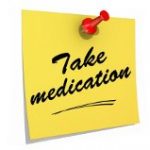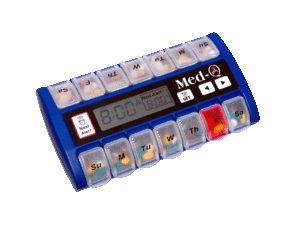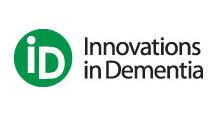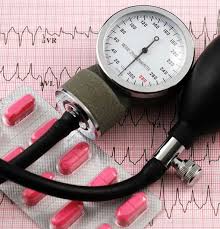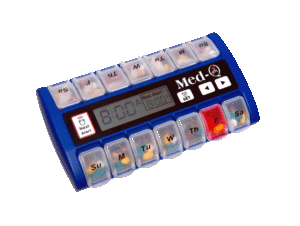The Five Rights of Medication Administration
Improper Medication Administration leads to problematic errors
What are Medication administration errors?
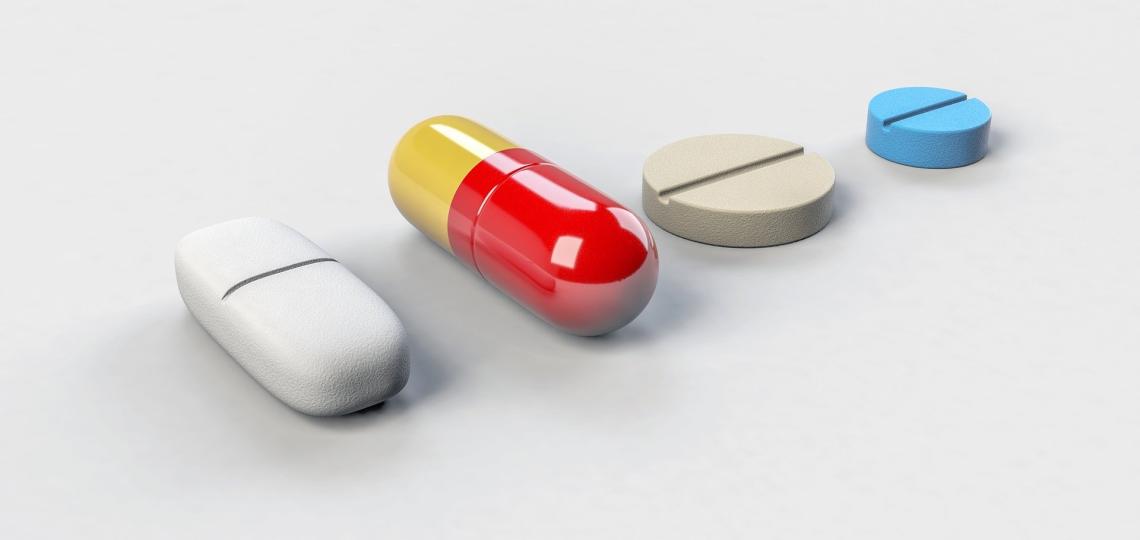 Furthermore, how they happen, and most importantly, how to avoid mistakes. What is the Definition of a medication?
Furthermore, how they happen, and most importantly, how to avoid mistakes. What is the Definition of a medication?
A medication (a medicinal product) is ‘something that holds a compound with proven biological effects. In addition, excipients or excipients only; it may also contain contaminants; the active compound is usually a drug or prodrug, but may be a cellular element.
There are some basic medication rights
The top 5 rights are a used to create a framework to ensure safe medication administration. The basic five Medication Admin. rights are:
- Patient: Make sure the medication is given to the right patient.
- Medication: Make Certain that the pills that are being taken is the proper. The same applies to the drug’s formulation.
- Dose: Monitor the dose. Make sure the patient gets the prescribed amount of medication.
- Route: Ensure that the medication is taken in the proper way. Ex, with food or without.
- Time: Take your pills at the right time. A Smart pill box with alarms is a must.
Let’s define what an error is
An error is ‘something incorrectly done through ignorance or inadvertence; a mistake, e.g. in calculation, judgement, speech, writing, action, etc.’ or ‘a failure to complete a planned action as intended, or the use of an incorrect plan of action to achieve a given aim’.
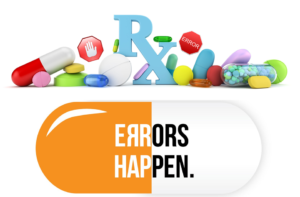 A medication error is very specific. With the definition above in mind, Med-Q Pill Box defines a medication error as, “‘a failure in the treatment process that leads to, or has the potential to lead to, harm to the patient”. The ‘treatment process’ involves all stages of being medicated.
A medication error is very specific. With the definition above in mind, Med-Q Pill Box defines a medication error as, “‘a failure in the treatment process that leads to, or has the potential to lead to, harm to the patient”. The ‘treatment process’ involves all stages of being medicated.
Here are the most common areas where Medication errors may occur:
When choosing a specific medicine. There are times when irrational, inappropriate, and ineffective prescribing can happen. Also, overprescribing and under prescribing is detrimental.
Mistakes when writing out the prescription. For example, prescription errors from illegible hand writing.
Watch for manufacturing errors. Typical, wrong strength, contaminants or adulterants,. This can be made worse with wrong or misleading marketing.
The wrong pills or the incorrect formulation
Improper labeling.
Taking the wrong amount or wrong route, wrong frequency, wrong times.
- manufacturing errors. Typical, wrong strength, contaminants or adulterants,. This can be made worse with wrong or misleading marketing.
Following a proper monitoring. If one doesn’t adjust the therapy if and when needed.
Sponsored by Med-Q, The smart Pill Organizer with triple Alarms
Practicing Medication Adherence implies that certain standards should be set.
Theses standards ought to be used to be able to judge successes or failure s. People who are taking any kind of prescription or OTC pills should establish be familiar with such standards. People need to be very careful. They should take measures to limit mistakes. To sum up, everybody involved in the treatment process is responsible for their part .
The three most common dispensing errors are:
- dispensing an incorrect medication
- dosage strength
- dosage form
- miscalculating a dose
- failing to identify drug interactions or contraindications.
Errors caused by drug administration can be made by the health care provider or by the patient themselves.
What are Medication administration errors?
Furthermore, how they happen, and most importantly, how to avoid mistakes. Simple questions with dramatic answers. Take control of your health before your health takes control of you.



